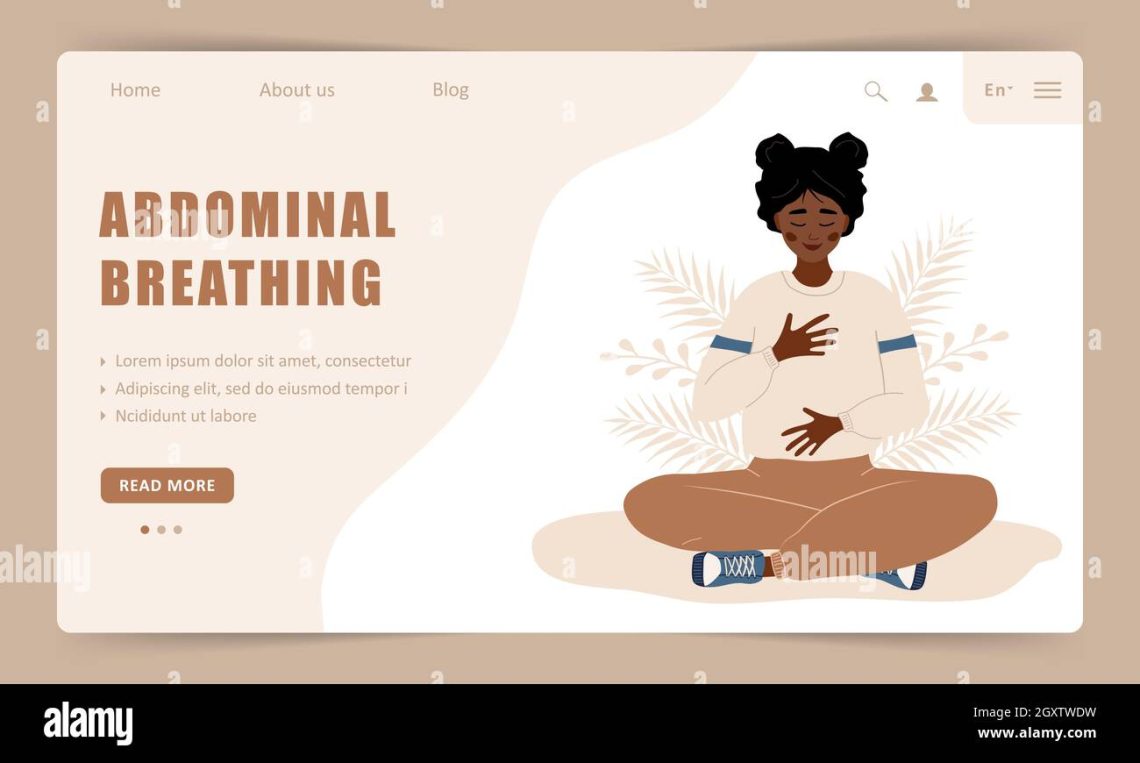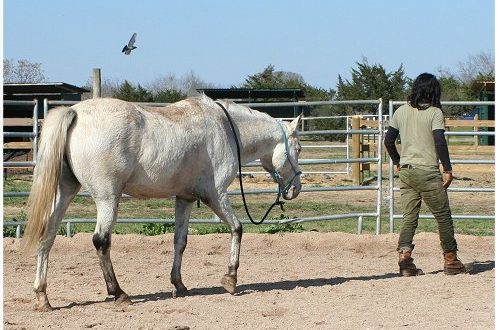
Work on relaxation and independent landing
Work on relaxation and independent landing
If the rider is not flexible enough, too tense, not elastic, this will lead to problems in his interaction with the horse. The horse, in response to the hard back and loin of the rider, will expose him to a hard back. The horse is your reflection.
Developing an independent, relaxed and supple riding position is one of the most important tasks of the rider, which directly affects the quality of the ride. This is not about the tightness of the rider, caused by muscle pain or post-traumatic pain, but about a barely noticeable stiffness, which sometimes the rider himself is not aware of.
Rigidity, by definition, is the lack of flexibility and elasticity. It’s the same with horseback riding. If the rider’s body is not flexible enough to properly interact with the horse, performance will be reduced.
Think about whether you are relaxed while driving? Many experienced riders are unaware of how tight they are and how many unnecessary muscles they are using while in the saddle. Their horses seem to do everything, and muscle pain after training does not bother. So where is the tightness?
One of the best ways find out if you have hidden tension, – perform some exercises on the cord. Subsequently, these exercises help you fix your problems. Even novice riders can perform them at the walk, but for greater effect it is better to do them at a trot.
Before you begin, remove the stirrups, throw them over the withers, lower them further down (so that they do not hit the legs), or unfasten them altogether. Tie the rein to the strap on the saddle or twist it and thread it into the chin strap, otherwise the rein may go down and the horse, hitting it with his foot, injures himself. If the horse has rubber bands, the reins can be removed.
If the rider is not yet experienced enough, a safety belt can be put on the horse’s neck, which can easily be made from putlish. You can’t hold on to it: the belt is used as a safety net in case of loss of balance.
When lunging, make frequent (every 10 minutes) changes of direction. When exercises are performed successfully, there is a risk of getting carried away and moving only in one direction, and this can lead to both you and your horse developing the muscles of one side, which is fraught with a loss of natural balance.
Exercise No. 1
It is advisable to perform this exercise in a barrel. Have your helper lead the horse on the bit or lunge (if the horse is walking calmly) around the outside circle. Sitting in the saddle, the rider needs to relax as much as possible. Remember that your goal is to relax only the muscles: the spinal column must remain level, do not sit in a “bag”! Relax your shoulders, let your arms hang down freely, like your legs, do not pull your heel down Swing your arms and legs to relax them completely.
Try the same at the trot. If you’re feeling insecure, just put your hand on the belt to secure yourself, but don’t tense your muscles. Take your time. It is likely that you will not be able to immediately relax at the trot. Do a little reprise and step again, restore balance, put yourself in order.
This will teach you to use only the muscles you need to ride (for example, those that keep your spine upright.
Exercise No. 2
A tense neck is the source of tension for the entire body of the rider. Notice the riders who have their jaws clenched and their chins pushed forward. No doubt their entire body is also pinched.
To relax your neck and chin, do the following exercise. Raise your shoulders up, pull them towards your ears, then relax sharply, let your shoulders “fall” down. Do this several times. Then move your shoulders back and forth, lower down. Align, turn your head and stretch your chin to one shoulder, then to the second. Do this slowly, carefully, you do not want to injure your neck. Feeling the emphasis, return the neck to its original position. Reach into another side. Do 4-5 sets, then return your neck to its original position. Lower your chin down and make a circular swing from right to left.
If you feel a little relaxed at this stage, it will be a sign that you are on the right track. Repeat these exercises as soon as you feel that your neck and chin are again clamped.
Before performing the next set of exercises, you must assume a normal position, such as if you are going to ride. But, that doesn’t mean you have to stress. Keep the feeling that you have already acquired from the previous exercises. Just straighten up in the saddle, arms and legs relaxed. Place your knee in place and slowly pull your toes up, keeping your leg “long” and your ankle flexible.
Horses are uncomfortable working with inflexible, stiff riders. A good way to check if you have done the exercises correctly and have achieved results is to pay attention to your horse. She must go relaxed, with a wider capture of space.
Additional tips:
Make sure that the horse you will be exercising on is obedient and calm. The lunger who is helping you should be an experienced rider who knows how to work the horse on the lunge. If the horse has just been taken out of the stable, stretch it on the lunge before getting into the saddle. Work on the exercises should take no more than 30 minutes and be daily. Treat lunging as a workout, not a chore.
 shkie 3 March 2017 city
shkie 3 March 2017 citySubtracted in a foreign book and checked)): because. the body is a single organism, if during the ride you spread your toes, your neck and nape will relax)) Answer





